How long should your emails be? It’s a question that marketers have been asking themselves for years.
Go too long and you may overwhelm subscribers causing them to abandon your email.
Leave it too short and you may not fully get your message across.
Or even worse, you may risk coming across as being lazy, like you’re halfheartedly slapping a few words together and putting minimal effort into it.
So what’s the ideal email length?
Is there a target word count you should be aiming for?
In this post, I’ll tackle this topic at length by analyzing the data from a few different studies to look for trends.
The goal is to synthesize the information and come up with a definitive conclusion so you’ll know without a doubt how long your emails should be.
Let’s dive right in.
Table of Contents
1. Boomerang’s Study
In 2016, Boomerang (a productivity software platform that syncs with Gmail) performed an exhaustive study involving over 40 million emails to determine which factors led to getting responses.
It’s actually the most comprehensive study I’ve come across.
One thing they discovered was that there is a clear correlation between word count and response rate.
Short (but not too short) emails received the highest response rate on average.
In fact, emails with 75 – 100 words had the highest response rate at 51 percent.
According to Boomerang’s findings, this would be considered the sweet spot.
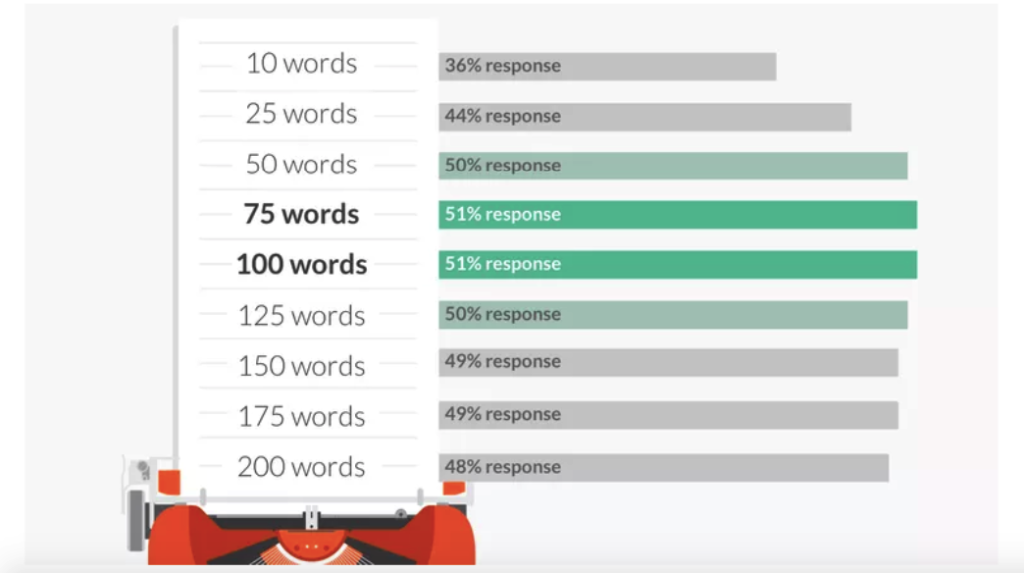
However, there’s not a dramatic drop off if you go a bit lower to 50 words or a bit higher to 125 words, as the response rate is just one percent lower at 50 percent.
This would suggest that you should be in pretty good shape as long as your emails are between 50 to 125 words.
Here’s a good example of an email I recently received from Twitter that discusses Promote Mode.
It’s right in that neighborhood and contains 104 words.
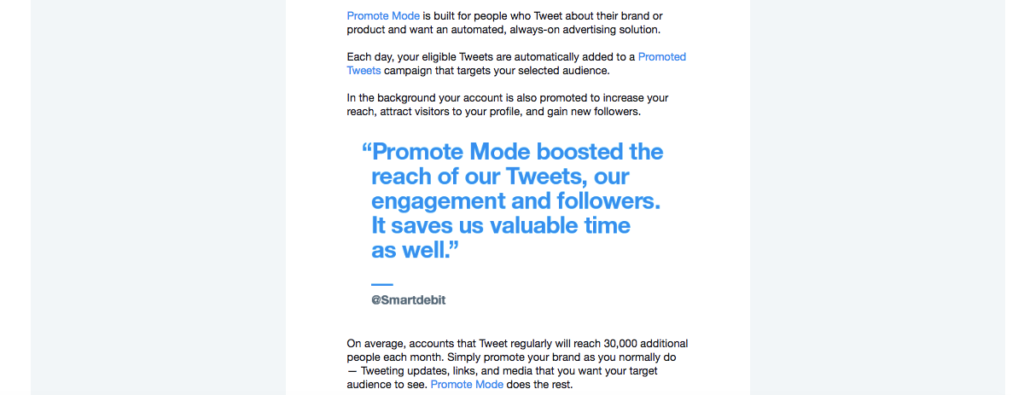
But it’s important to point out that going any lower than 50 or higher than 125 is likely to reduce your response rate.
Hitting 150-175 words results in a 49 percent response rate, and 200 words results in a 48 percent response rate.
This isn’t major but shows that going beyond 125 words isn’t usually in your best interest.
Not only will it take you longer to write an email, it’s likely to diminish your response rate.
But where you see the big drop off is when you go really low with your word count to 25 words or less.
Notice that the response rate of a 25-word email is only 44 percent, and 10 words is by far the worst at just 36 percent.
2. Dan Muscatello’s Approach
Dan Muscatello is a former enterprise sales rep at HubSpot and now an account executive at Google.
So it’s safe to say that he knows a thing or two about prospecting and writing emails that have the maximum impact.
His approach overlaps somewhat with Boomerang’s findings but heavily favors a lower word count.
In fact, his strategy involves using just two sentences or less.
Here’s an example of what that looks like.
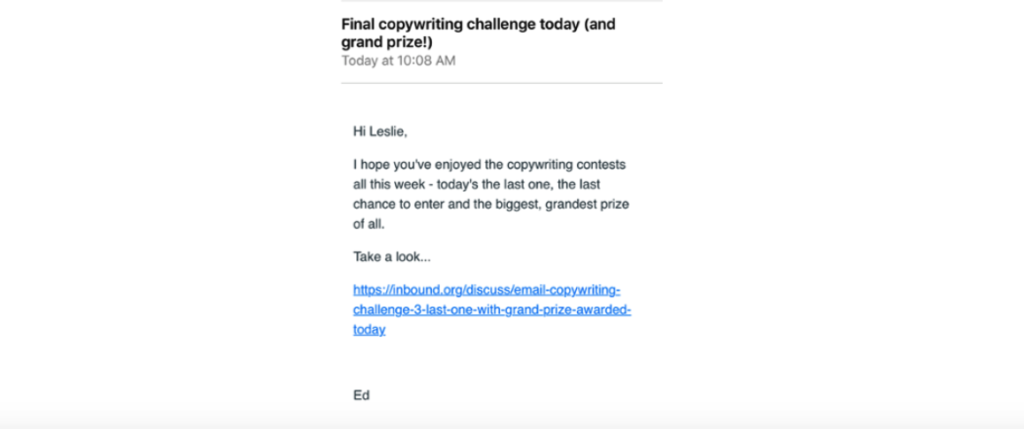
This one clocks in at just a mere 29 words, considerably less than the 50-word minimum suggested by Boomerang.
However, you could argue that it’s got enough meat in it to get effectively the message across.
It just happens to very bare bones about it.
Some might call this a bit extreme, but it certainly works for Dan.
He even gives some specific reasons for the logic behind this approach.
One is simply because of the fact that the majority of people reading emails are doing so on a mobile device.
According to Ezoic, 52 percent of emails were opened on a smartphone and 16 percent were opened on a tablet in 2015.
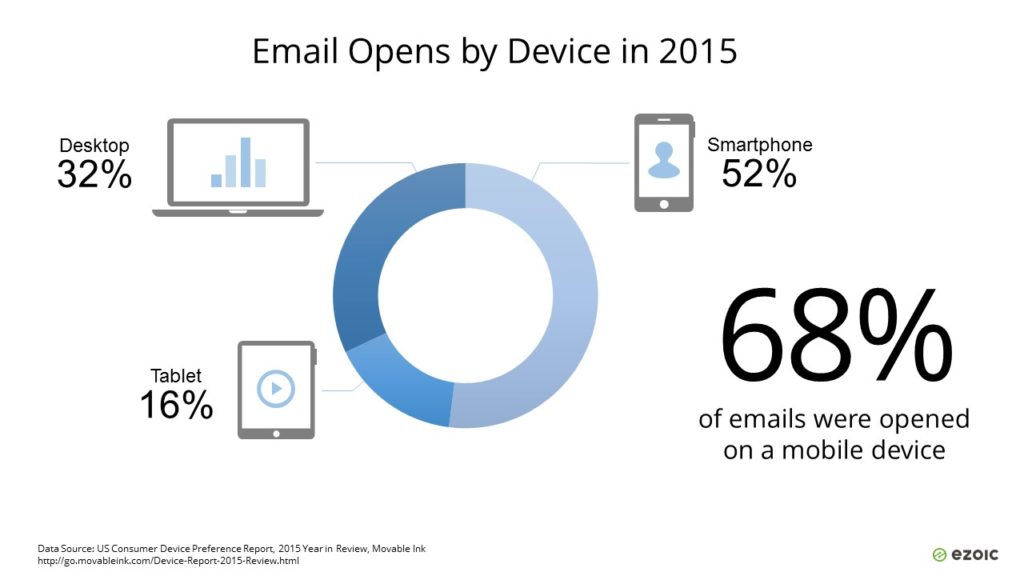
And this data is a few years old meaning that the number is likely to be even higher today.
I know that a large percentage of the emails I open is on my smartphone.
Short emails are ideal because they’re far easier to read on a mobile device and don’t force recipients to scroll endlessly to absorb the message.
Another is because it reduces the reader’s anxiety.
You could make the point that long-winded emails with a lot of details, points, and information can create stress for recipients.
All of a sudden, they have to sift through arduous blocks of text to find your offer and decide if it’s right for them.
This problem is compounded even more on mobile.
But keeping it short and concise alleviates that anxiety and readers will have just a bite-sized amount of information to digest.
3. How Does Email Length Affect Click-Through Rate (CTR)?
At this point, we’ve established that shorter emails tend to outperform longer ones in terms of their response rates.
And that’s extremely important.
I think Aaron Orendorff of GetResponse said it well with this line.
Your email response rate is the single most important metric that separates faceless numbers from genuine, brand-building and uber-profitable human connections.
It’s true.
Your response rate is arguably the most critical “bottom line” metric when measuring the success of an email campaign.
But let me touch on a more traditional metric for just a second—click-through rate.
I feel like it’s definitely something you’ll want to be aware of when deciding upon the ideal email length.
Will using a particular word count increase your chances of getting recipients to click-through to your landing page, offer, etc.?
Fortunately, there’s data on that too.
It’s slightly dated (from 2011), but MarketingExperiments performed a study to see what impact shorter email copy would have.
Here’s the long and short of what they found.

As you can see, emails with shorter copy of 95 words significantly outperformed emails with longer copy of 170 words.
In fact, shorter emails had a 5.81 percent higher CTR. That’s significant!
So this data reinforces the initial study I discussed from Boomerang.
Not only do shorter emails result in a higher response rate but a higher CTR as well.
4. Putting it All Together
After amalgamating the information from a few different studies, one thing is clear:
Less is best when it comes to email word count.
While you’re unlikely to see a major reduction in your response rate and CTR by going a little longer with 200 words, it probably won’t do you any favors either.
Looking at the research and expert advice tells us your best bet is to max out at 125 words.
But for the maximum impact, you’ll want to keep it between 75 and 100 words.
This isn’t to say that you have to follow this to a tee 100 percent of the time for every single email you write.
That wouldn’t be practical.
Sometimes, you may need to go a little shorter or longer, and you definitely don’t want to disrupt the natural flow just to hit a certain word count.
But it’s a nice formula to adhere to in general and should help you get the most out of your email marketing campaign.
This leaves us with one last question.
How do you succinctly get your message across without using a lot of text?
5. Keep it Short and Sweet
Do you know how long Abraham Lincoln’s famous Gettysburg Address was?
Two hundred and seventy-one words. That’s it.
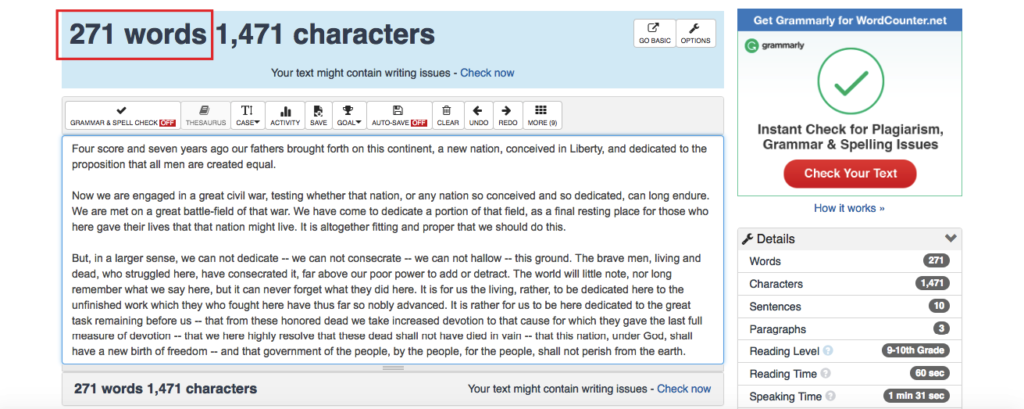
This is proof that it’s possible to get across an incredibly profound message without using a lot of words.
It’s just a matter of condensing the information in a way that you’re discussing just the essentials without any superfluous details.
When it’s all said and done, there are three key elements that an email should contain:
- Who you are
- What your offer is
- The action you want your reader to take
As long as it contains all three of these elements, you should be able to effectively get your message across without going overboard on the word count.
Take this email I recently received from Amazon for example.
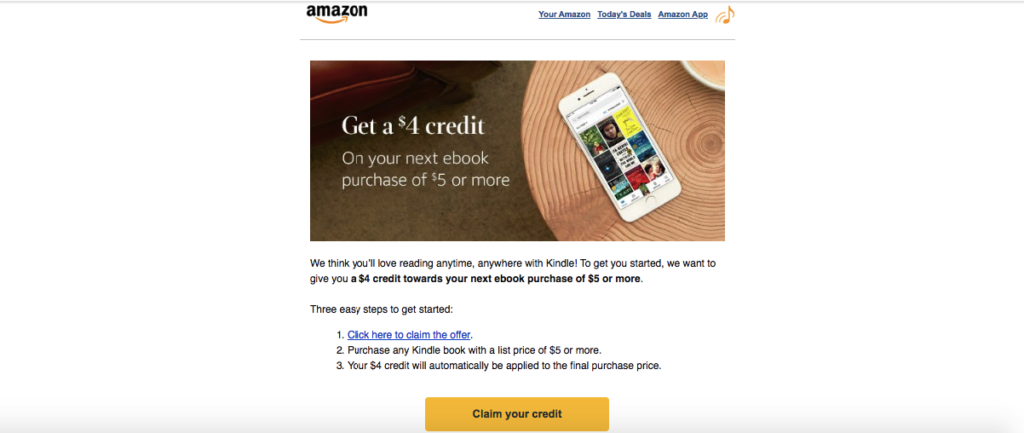
I feel like it totally gets the job done and provides me with all of the information I need but only contains 66 words.
Within just seconds, I can instantly tell that it’s from Amazon with their brand logo at the top.
I can tell what their offer is—earning a $4 credit towards my next ebook purchase of $5 or more.
And I also know which action they want me to take.
In this case, they actually include the CTA twice—once as a link in the body and once as a CTA button at the bottom.
This email is quite short but still manages to include all of the pertinent information.
The way I see it, as long as you include the three vital elements I just discussed, you should be in good shape.
If it takes you 125 words to accomplish that, that’s fine.
But if you can do it in 75, that’s even better.
That right there should be helpful in trimming off some of the fat from your emails.
6. Ditch the Extraneous
Another trick is to look for the unnecessary time wasters that plague so many emails.
Often this comes in the form of greetings and pleasantries that aren’t really necessary.
For example, many emails start out with something like this:
“I hope you had a great weekend” or “I hope you’re doing well.”
Don’t get me wrong. There’s definitely value in being polite and using proper etiquette.
And I’m not suggesting that you come across as cold or callous. You want to be friendly, of course, especially with your prospects.
But it’s too easy for an email to get bogged down with these types of extraneous details that don’t provide any real value.
For that reason, I suggest avoiding them if at all possible.
In other words, get right down to business.
7. Eliminate Extra Words
Just like you would do with an article, blog post or any other type of written content, you’ll want to go back and edit an email before sending it.
I personally like to treat it like a draft that has yet to be refined.
Besides catching spelling and grammatical errors, this also gives you a chance to eliminate any extra words that aren’t adding any real value.
The Purdue Online Writing Lab offers some great examples of wordy sentences and more concise versions of them.
Here’s one of their examples:
Wordy: Imagine a mental picture of someone engaged in the intellectual activity of trying to learn what the rules are for how to play the game of chess.
Concise: Imagine someone trying to learn the rules of chess.
Notice how it gets the exact same idea across but with far more precision and fewer words.
So always go back and look for any words you can remove.
Conclusion
Finding the ideal email length is incredibly important.
Getting it just right can translate into a higher response rate and CTR—both of which are critical to your ROI and the success of your campaign.
Fortunately, multiple studies have helped us find the sweet spot, and it’s between 75-100 words.
However, it’s generally fine to go a bit lower as long as it’s not below 25 words.
I would say that’s the official cut off line mainly because there’s unlikely to be an adequate amount of information.
Besides that, you may simply come across as being lazy like you’re not putting any effort into your email.
So keep that in mind if you’re wondering how little is too little.
As for keeping email length in check, you’ll want to get into the habit of trimming the fat.
If you struggle to be succinct and concise with your email copy, there are a few things you can do to keep it short and sweet.
These include focusing on the three key elements (and not anything else) and removing what isn’t truly necessary.
Stick with this formula and you should be able to increase both your response rate and CTR and make the absolute most out of the leads you’ve generated.



